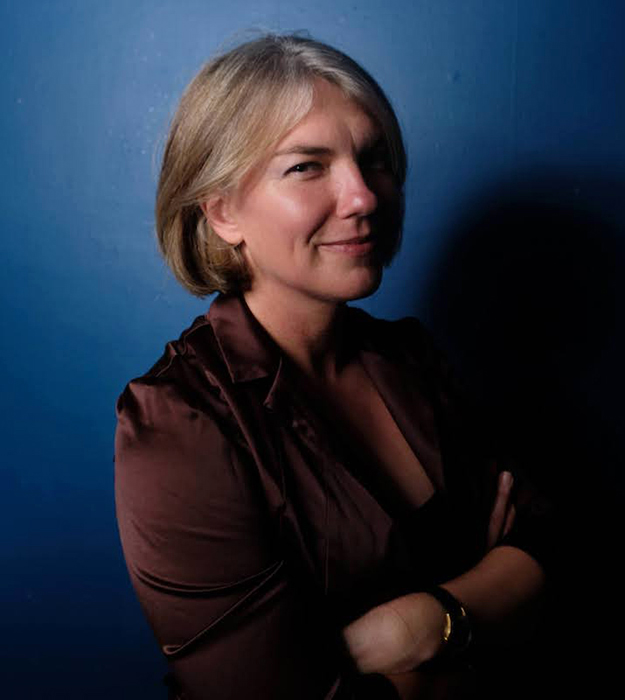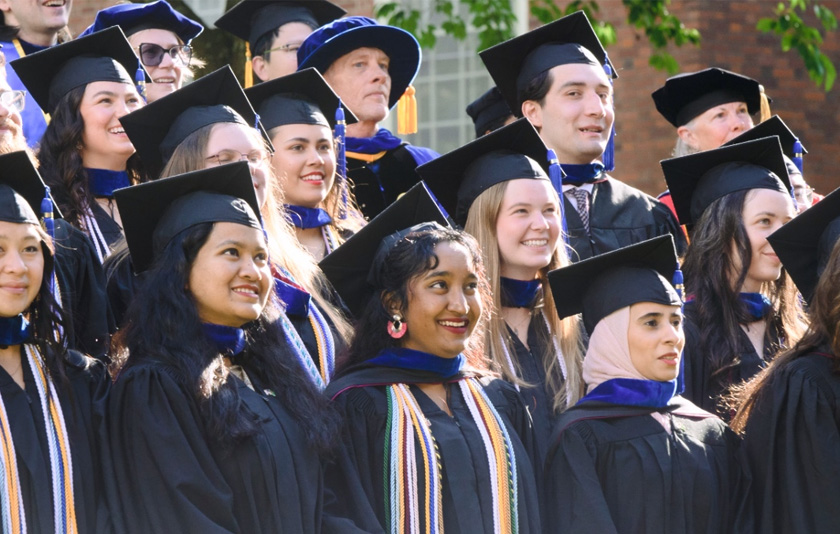Amid the exodus of employees fleeing their jobs nationwide, the question of why we work — and what we’re willing to sacrifice for it — has become more significant as the reckoning and reevaluation fueled by the pandemic continues.

But for all the headlines “The Great Resignation” has generated, Associate Professor of Art History Abigail Susik points out that some of the anti-work sentiment we're currently seeing in the U.S. bears a striking resemblance to aspects of an artistic and sociocultural movement that flourished during another time of upheaval.
In “Surrealist Sabotage and the War on Work,” one of three books Susik completed this year, she explains how the Paris and Chicago Surrealist groups portrayed their critique of capitalism, the wage labor system and class privilege through a resistance movement of artworks, texts, and actions spanning the 1920s to 1970s.
But despite the Surrealists’ strong declarations, they didn’t abhor the existence of all productive engagement. They supported “attractive” work, the kinds of jobs that people enjoy and can immerse themselves in, but they thought “the system of wage labor was deeply problematic and should be entirely abolished,” Susik said.
“The Surrealist movement was formed in response to the pressures that most of us still face in society, in terms of the necessity of working in order to survive,” she said. “Everyone has to work to live, unless you’re among the 1%, so our lack of ability to find a way outside of that system was interesting to me.”
The idea for the book formed after she noticed how current employee issues — especially among millennials, members of Generation Z and women — paralleled ones in France during its labor shortage after World War I and the 1918 flu pandemic (read more in Susik’s New York Times guest essay.)
After the war, many French workers denounced prevalent conditions of labor exploitation. At the time, they had no protection against terrible working hours or low wages, so they orchestrated factory walkouts, strikes and other sabotage tactics, she said. Today, beyond the legions of American workers quitting jobs, young workers in China have been leading their own movement called “lying flat,” which opposes the philosophy of constant consumption and production.
Surrealism’s investment in radical thought is a running theme throughout all of her new books, which cover the history of the last century and indicate the long lifespan of the Surrealist-progressive agenda.
“Surrealism and Film After 1945: Absolutely Modern Mysteries,” which she co-edited, contains 11 essays by prominent and leading scholars that focus on the permutations of international surrealist cinema after World War II. Susik’s contribution, “The alchemy of surrealist presence in Alejandro Jodorowsky’s 'The Holy Mountain,'” stands among pieces by Tom Gunning, Gavin Parkinson and Michael Richardson.
Another volume co-edited by Susik, “Radical Dreams: Surrealism, Counterculture, Resistance,” examines the movement’s role in postwar radical cultures from the perspective of humanities scholars and contemporary surrealist practitioners. Devoting chapters to Afrosurrealism, punk and other counterculture and resistance subcultures, the book demonstrates how the movement can’t be defined as only an artistic style or historical period. This third book was partly inspired by Willamette students and the political and social realities they face now, Susik said.
“We teach students at Willamette to be critically-minded, and so I am pleased that ‘Radical Dreams’ showcases lesser-known historical models of young people who question the status quo in a deeply energetic, thoughtful and provocative way,” she said.
As Susik awaits the publication of “Radical Dreams” in 2022 (the other two are currently available), she continues to engage in her own form of attractive work — she has two more books in progress, “Surrealism and Animation: Beyond Still Life,” and “Change Life: Avant-Garde Abolition, Prefiguration & Future Pasts” and she also look forward to an upcoming Graves Award-supported seminar course on Surrealism in Latin America.


